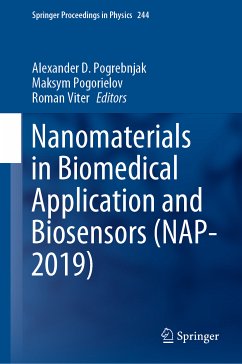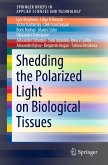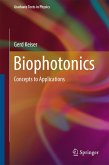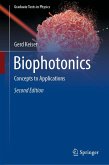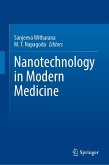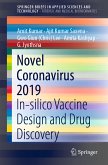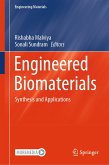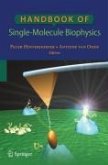This book covers novel and innovative technologies used in development, modeling, chemical/physical investigation and biomedical (in-vitro and in-vivo) trials of nanomaterials and nanocomposites. Novel methods for nanoparticle development and manufacturing are presented, as well as their safety and promising applications. In addition, the book highlights new frontiers in the use of metal / metal oxide nanoparticles, hierarchical nanostructures and organic coatings as sensors for detecting gases, inorganic and organic materials, including biosensors for bacteria and cancers. Organic nanoparticle composites for medical applications (tissue engineering, tissue replacement, regeneration, etc.), including hydroxyapatite NPs, are also covered, together with related in-vitro and preclinical investigations. In closing, the book shares recent findings on orthopedic and dental implant coatings using nanoparticles, their biological efficacy and safety.
Dieser Download kann aus rechtlichen Gründen nur mit Rechnungsadresse in A, B, BG, CY, CZ, D, DK, EW, E, FIN, F, GR, HR, H, IRL, I, LT, L, LR, M, NL, PL, P, R, S, SLO, SK ausgeliefert werden.

